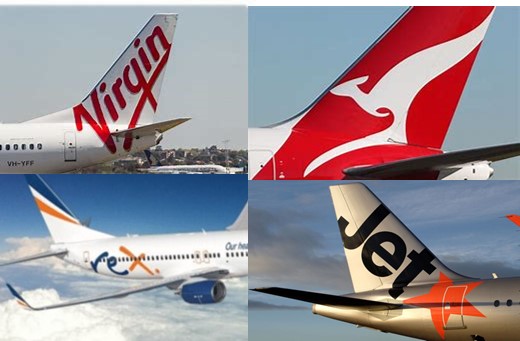
Photo: File
Since regional airline Rex went into administration in July 2024, domestic airfares in Australia have surged, driven by reduced competition. The Australian Competition and Consumer Commission (ACCC) reported a 13.3% increase in average airfares across all major city routes from July to September. With Rex’s exit, Qantas Group and Virgin Australia now fly 98% of domestic passengers, creating a duopoly in the market.
The Impact of Rex’s Collapse
Rex’s decision to cease domestic jet operations has left a significant void in the market. The September Bureau of Infrastructure and Transport Research Economics (BITRE) data shows notable fare increases since Rex’s departure. The number of available seats on domestic flights between metropolitan cities has dropped by 6% since July, leading to fuller aircraft, while passenger numbers have remained stable.
Sharp Fare Increases:
- Melbourne-Adelaide up 95%
- Melbourne-Gold Coast up 70%
- Canberra-Melbourne up 54%
ACCC Commissioner Anna Brakey highlighted that the recent spike in airfares correlates with a less competitive domestic airline sector following Rex’s exit from 11 of the 23 services between metropolitan cities.
Seasonal and Additional Pricing Pressures
While seasonal peaks in air travel due to major sporting events and school holidays typically occur in September, additional pricing pressures emerged this year. Passengers no longer have access to the lower fares that Rex offered, and reduced seating capacity has contributed to higher airfares.
Concentration in the Airline Industry
Currently, around 90% of domestic routes are served only by two major airline groups, with the remainder served by just one. This represents a dramatic shift from earlier in the year when Rex and Bonza were still operating jet services when about half of the domestic routes were served by at least three airline groups.
ACCC’s Concerns:
- The exit of Rex as a third competing airline may significantly impact the domestic aviation sector.
- The industry’s concentration could persist due to barriers to entry and growth, including aircraft fleet supply chain issues and pilot and engineer shortages.
The Importance of Competition
Data from the Federal Government’s competition task force in January demonstrated that adding more competitors on a route can dramatically slash airfares. According to Dr. Andrew Leigh, the Assistant Minister for Competition, airfares average:
- 39.6 cents per kilometre on routes with one carrier
- 28.2 cents on routes with two carriers
- 19.2 cents with three carriers
This highlights how competition significantly influences airfare pricing, with prices dropping further with four or five competitors on a route.
The Need for More Competition:
- Aviation competition connects Australian cities and the world.
- Many Australians still suffer from a lack of competition.
- For example, a resident of Darwin might find it cheaper to fly to Singapore than to Sydney despite the international flight being longer.
Conclusion
The collapse of Rex has led to higher airfares and reduced competition in Australia’s domestic airline market. The ACCC’s findings underline the importance of competition in maintaining affordable and reliable air travel for consumers. The future of the domestic aviation sector depends on the emergence of new competitors to challenge the current duopoly and drive down prices.
 Air New Zealand and BETA Technologies Launch First Electric Aircraft in Tauranga
Air New Zealand and BETA Technologies Launch First Electric Aircraft in Tauranga 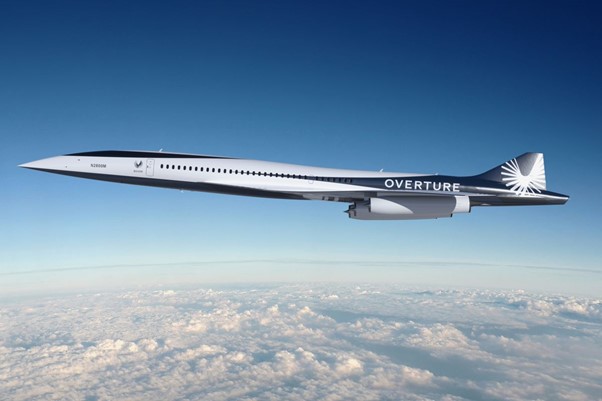 Supersonic Is Back: Boom Supersonic To Bring Fast Flights to the Skies by 2030
Supersonic Is Back: Boom Supersonic To Bring Fast Flights to the Skies by 2030 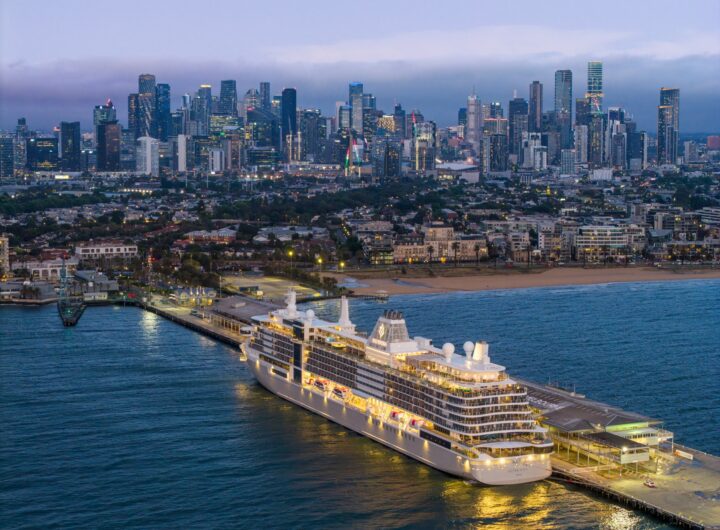 Silversea’s Silver Nova Sets Sail on Grand Voyage Australia 2025: The Ultimate 47-Day Luxury Circumnavigation
Silversea’s Silver Nova Sets Sail on Grand Voyage Australia 2025: The Ultimate 47-Day Luxury Circumnavigation  Cathay Pacific Elevates Its Membership Experience: Smoother, Simpler, and Better for Every Traveller
Cathay Pacific Elevates Its Membership Experience: Smoother, Simpler, and Better for Every Traveller  Malaysia Airlines Soars to New Heights: Named Among World’s Top 10 Airlines by Condé Nast Traveller
Malaysia Airlines Soars to New Heights: Named Among World’s Top 10 Airlines by Condé Nast Traveller 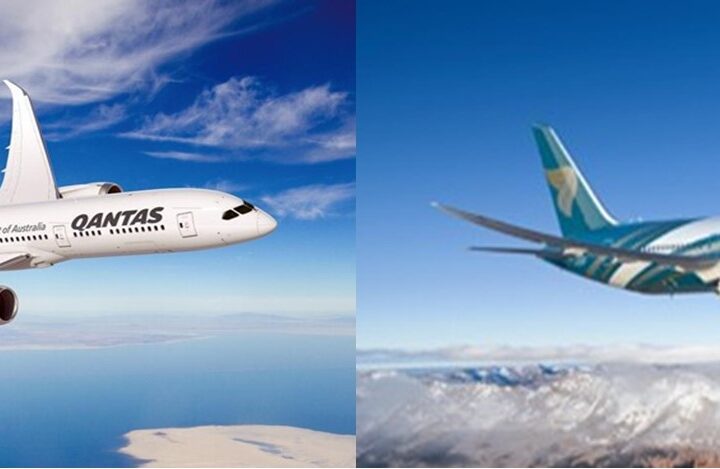 Oman Air–Qantas Partnership: Elevating Airline Loyalty and Middle East Travel for Australians
Oman Air–Qantas Partnership: Elevating Airline Loyalty and Middle East Travel for Australians  A New Icon Rises: Buddha‑Bar Hotel and Floating Residences Set to Redefine Dubai’s World Islands
A New Icon Rises: Buddha‑Bar Hotel and Floating Residences Set to Redefine Dubai’s World Islands 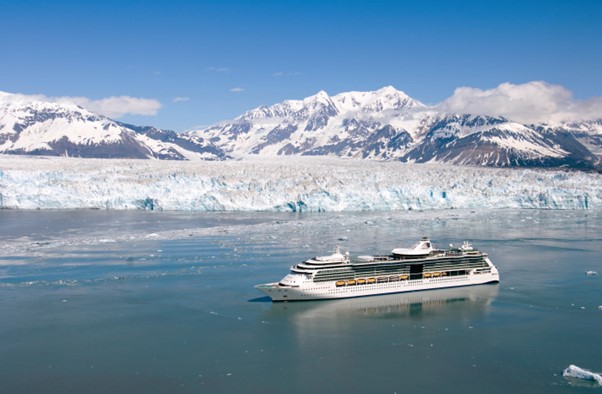 Royal Caribbean Reveals Summer 2027 Adventures to Alaska
Royal Caribbean Reveals Summer 2027 Adventures to Alaska  Santa Lucía Jungle Hacienda Opens in Costa Rica’s Pacific Highlands – Where Luxury Meets Wild Rainforest Adventure
Santa Lucía Jungle Hacienda Opens in Costa Rica’s Pacific Highlands – Where Luxury Meets Wild Rainforest Adventure  Full Metal Cruise XIII Returns in 2026: Europe’s Loudest Cruise Turns the Mediterranean into a Sea of Metal
Full Metal Cruise XIII Returns in 2026: Europe’s Loudest Cruise Turns the Mediterranean into a Sea of Metal 